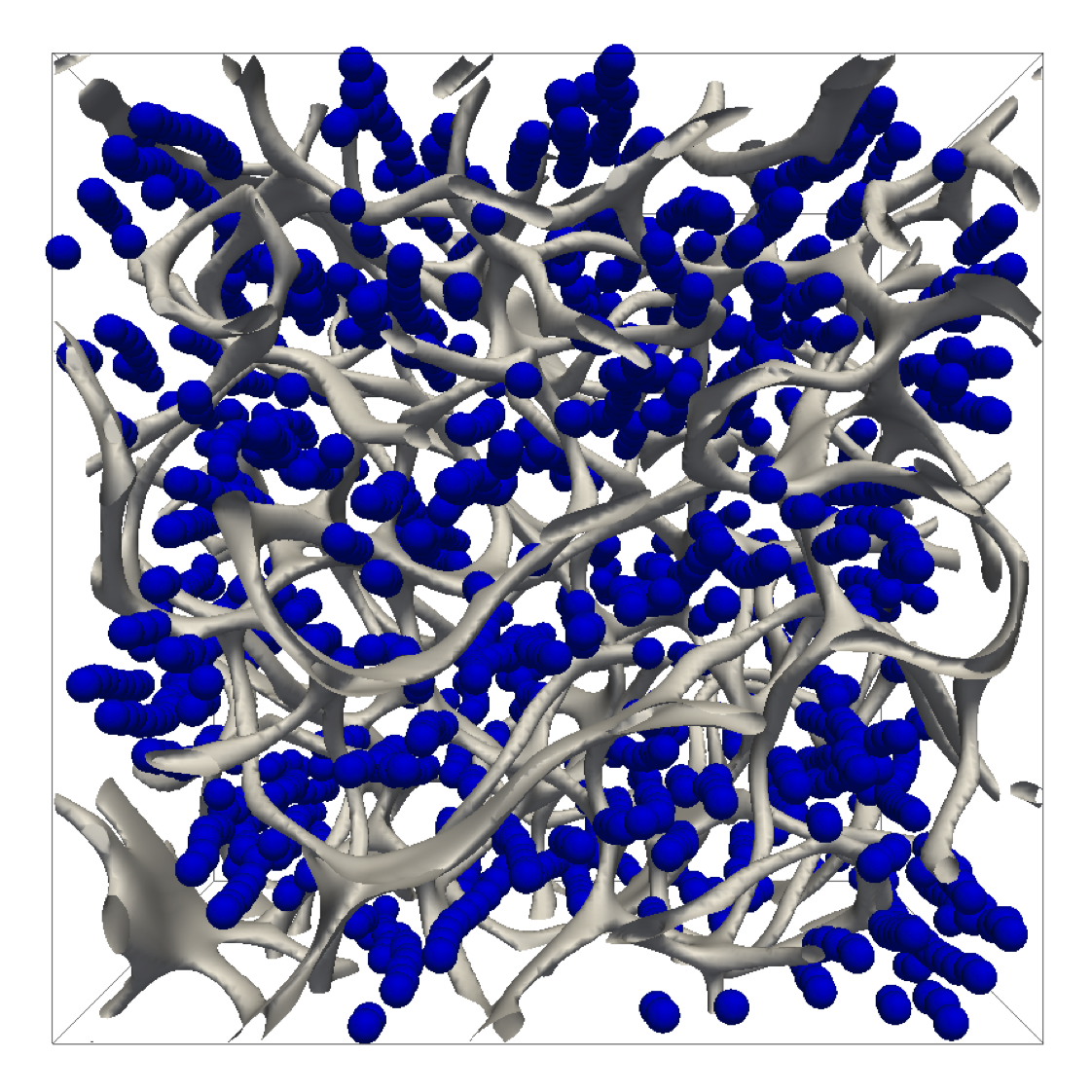Looking Inside a Crystal Liquid Display

Looking inside a Liquid Crystal Display with Paraview
Location: Edinburgh Parallel Computing Centre (EPCC), Edinburgh, Scotland, UK
Project Abstract:
Liquid crystals, as their name suggests, both flow like a liquid and have regular 1D- or 2D-ordering like a crystal. It is the regular ordering which gives them interesting optical properties, and makes them useful in many common consumer electronic devices. Looking at the structure of this crystal ordering is therefore of great interest in itself.
Together with one of the world’s leading groups in Soft Condensed Matter Physics at The University of Edinburgh, we perform simulations of liquid crystals, both at a molecular level, and at a more ‘coarse-grained’ level. For understanding these types of simulation convincing visualizations are absolutely essential. There is therefore an opportunity to help to improve the visualisation and animation of existing simulation results.
In this context Kitware’s open-source, multi-platform data analysis and visualisation application Paraview has set new standards. In 2012 it was selected as the HPCWire Editors’ Choice for Best HPC Visualization Product or Technology after winning both the Editors’ and Readers’ Choice awards in 2010.
The project is about making use of the advanced features of Paraview. This comprises operating Paraview in batch mode and in parallel, which is indispensable for processing extremely large data sets.
It would be ideal for a student with an interest in computational physics, material science and computer simulation. The knowledge acquired during this project will be highly transferable and of great use for possible future research activities of the student.

This image shows a metastable state of a nanoparticle – liquid crystal mixture in an external electric field. The tubes indicate disordered regions where the molecular order is strongly suppressed. The actual director field (local direction of molecular order) is not shown for clarity.The individual configuration depends sensitively on the interplay between the surface properties of the particles and the thermodynamic state of the liquid crystalline host material.
Project Mentors: Oliver Henrich and Kevin Stratford
Site Co-ordinator: Irina Nazarova
Learning Outcomes:
The student will learn how to:
- compile and run an application for petascale facilities
- use Python as scripting language
- visualise complex scientific data with Paraview
- handle large data sets by operating Paraview in batch mode and/or in parallel
Student Prerequisites (Compulsory):
- Using a UNIX-based operating system
- Basic programming knowledge
Student Prerequisites (Desirable):
- Using some of the software and languages in question, namely Paraview, Python, C
Training Materials:
- Introduction to Python
- Documentation of Paraview
Project Application Reference: UK – EPCC – Looking Inside a Crystal Liquid Display
Applications are now closed
